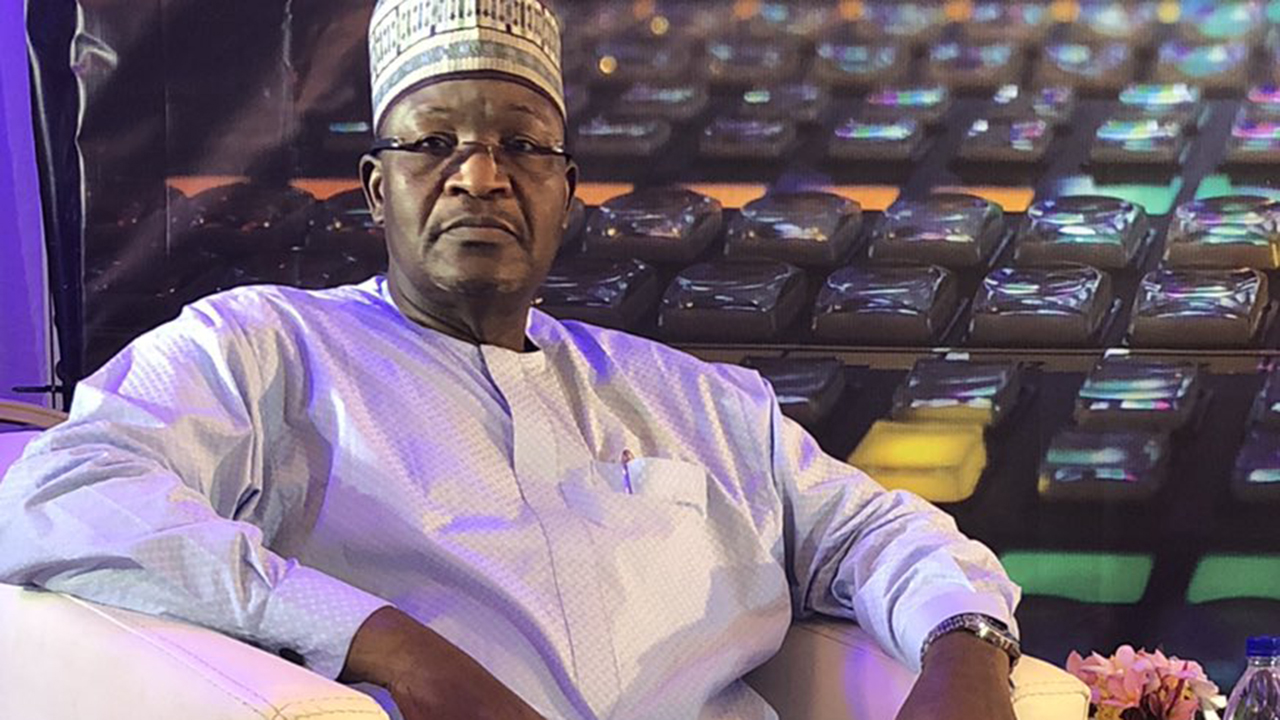The details of the “Desert to Power Initiative” have been outlined as part of the Paris Agreement climate change talks at COP24 in Katowice, Poland this week.
As it is, energy poverty in Africa is estimated to cost the continent 2-4 % GDP annually, according to the African Development Bank (AfDB), which is leading the project.
Currently, 64% of the Sahel’s population – covering Senegal, Nigeria, Mauritania, Mali, Burkina Faso, Niger, Chad, Sudan, and Eritrea – lives without electricity, a major barrier to development, with consequences for education, health and business.
The Initiative aims to develop and provide 10 GW of solar energy by 2025 and supply 250 million people with green electricity including in some of the world’s poorest countries. At least 90 million people will be connected to electricity for the first time, lifting them out of energy poverty.
By harnessing the exceptional solar resource in the region, AfDB and its partners hope to transform the region.
Explaining more, Magdalena J. Seol in the AfDB’s Desert to Power Initiative noted that “Energy is the foundation of human living – our entire system depends on it. For Africa right now, providing and securing sustainable energy is in the backbone of its economic growth.”
“A lack of energy remains as a significant impediment to Africa’s economic and social development.”
The project will provide many benefits to local people, said Ms Seol, stressing that “It will improve the affordability of electricity for low income households and enable people to transition away from unsafe and hazardous energy sources, such as kerosene, which carry health risks”.
Construction of the project will also create jobs and help attract private sector involvement in renewable energy in the region.
Business Hilights gathered that the project has been launched in collaboration with the Green Climate Fund, a global pot of money created by the 194 countries who are party to the UN Framework Convention on Climate Change (UNFCCC), to support developing countries adapt to and mitigate climate change. The program is designed to combine private sector capital with blended finance.
Seol added further that “If you look at the countries that this initiative supports, they’re the ones who are very much affected by the climate change and carbon emissions from other parts of the world.
“Given this, the investments will have a greater effect in these regions, which have a greater demand and market opportunity in the energy sector.”
“Women are usually disproportionately negatively affected by energy access issues. Providing secure and sustainable electricity creates positive impact on gender issue as well.”
The African continent holds 15% of the world’s population, yet is poised to shoulder nearly 50% of the estimated global climate change adaptation costs, according to the Bank.
However, the International Renewable Energy Agency estimates that Africa’s renewable energy potential could put it at the forefront of green energy production globally.
It is estimated to have an almost unlimited potential of solar capacity (10 TW), abundant hydro (350 GW), wind (110 GW), and geothermal energy sources (15 GW) – and a potential overall renewable energy capacity of 310 GW by 2030.
Other renewables projects in Africa include The Ouarzazate solar complex in Morocco, which is one of the largest concentrated solar plants in the world.
It has produced over 814 GWh of clean energy since 2016 and last year, the solar plant prevented 217,000 tons of CO2 being emitted. Until recently, Morocco sourced 95% of its energy needs from external sources









